Presentations at CS International 2026 are grouped into 5 key themes which collectively provide complete coverage of the compound semiconductor industry.
If you are interested in speaking at CS International 2026, please contact info@cs-international.net or call +44 (0)24 7671 8970.
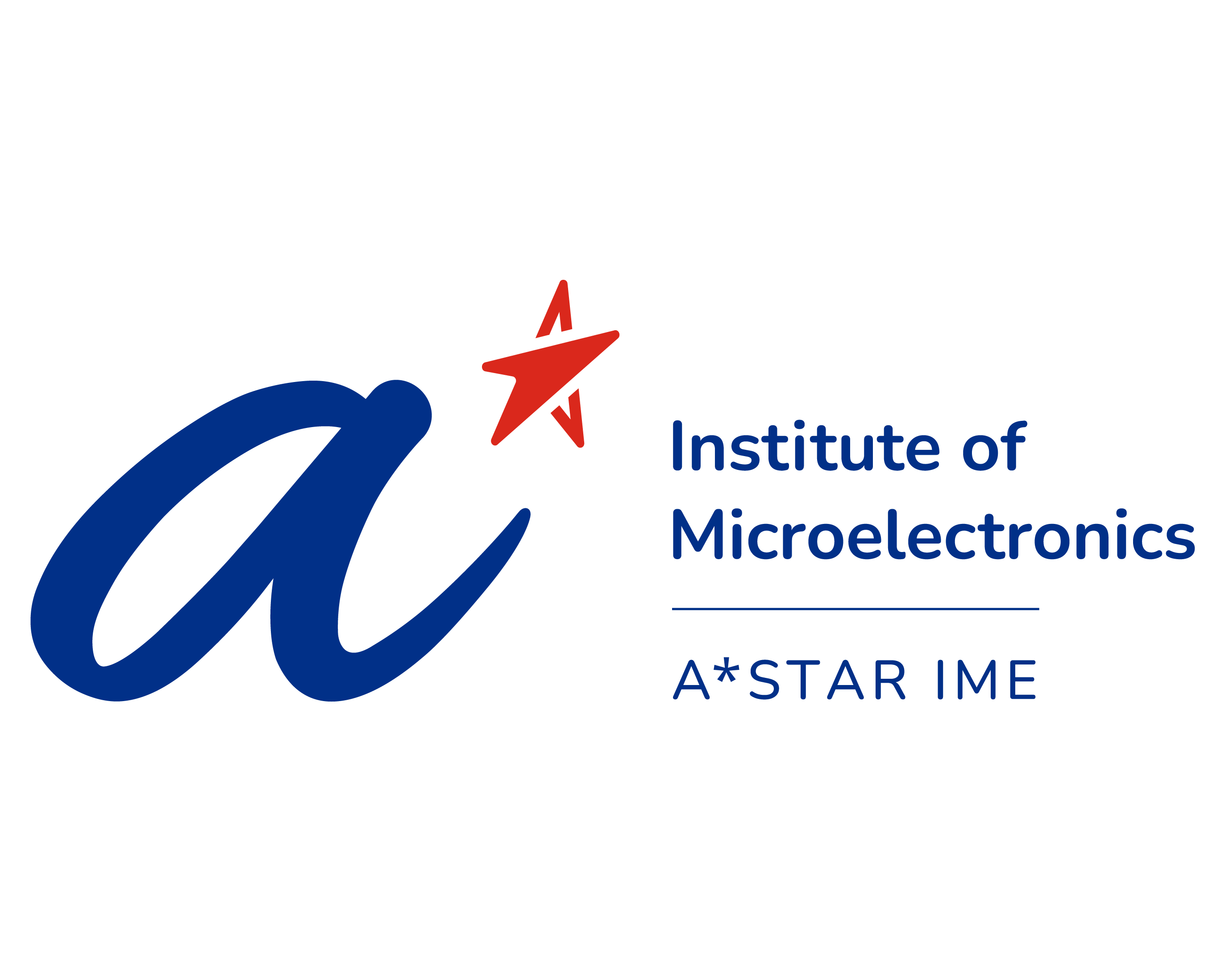
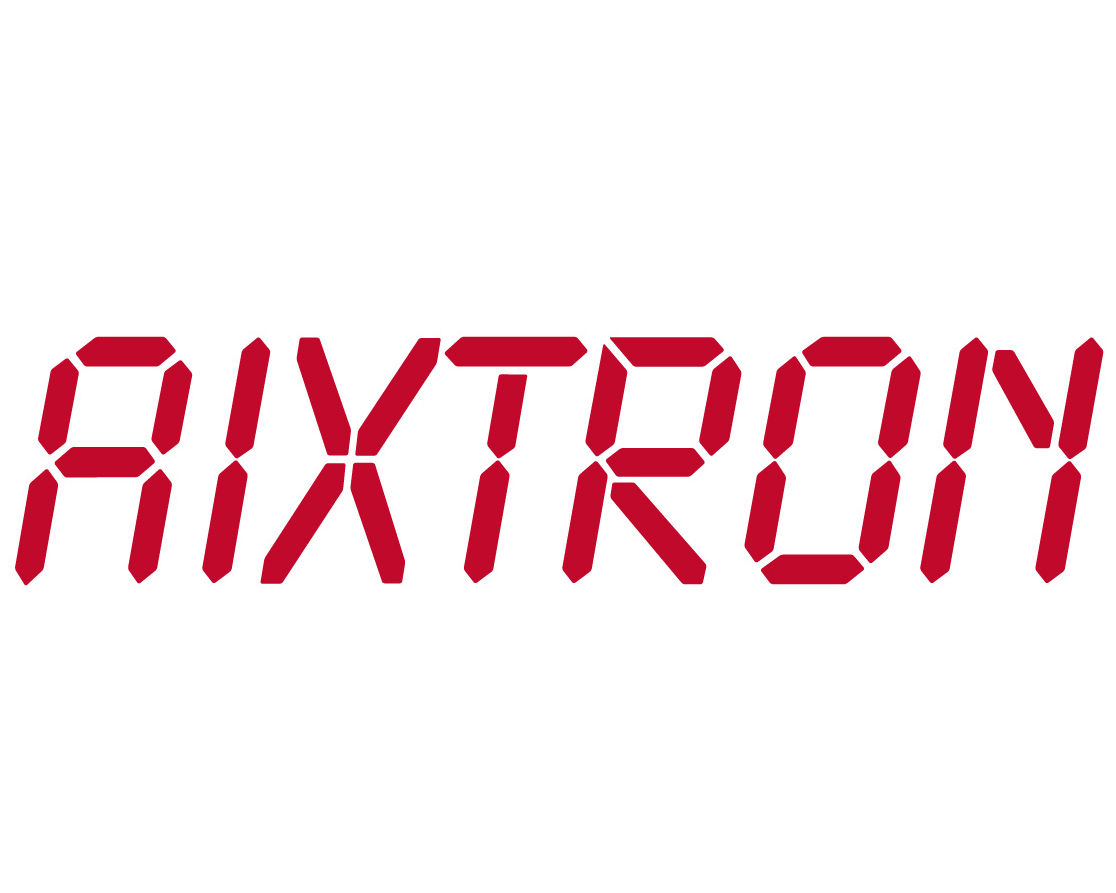
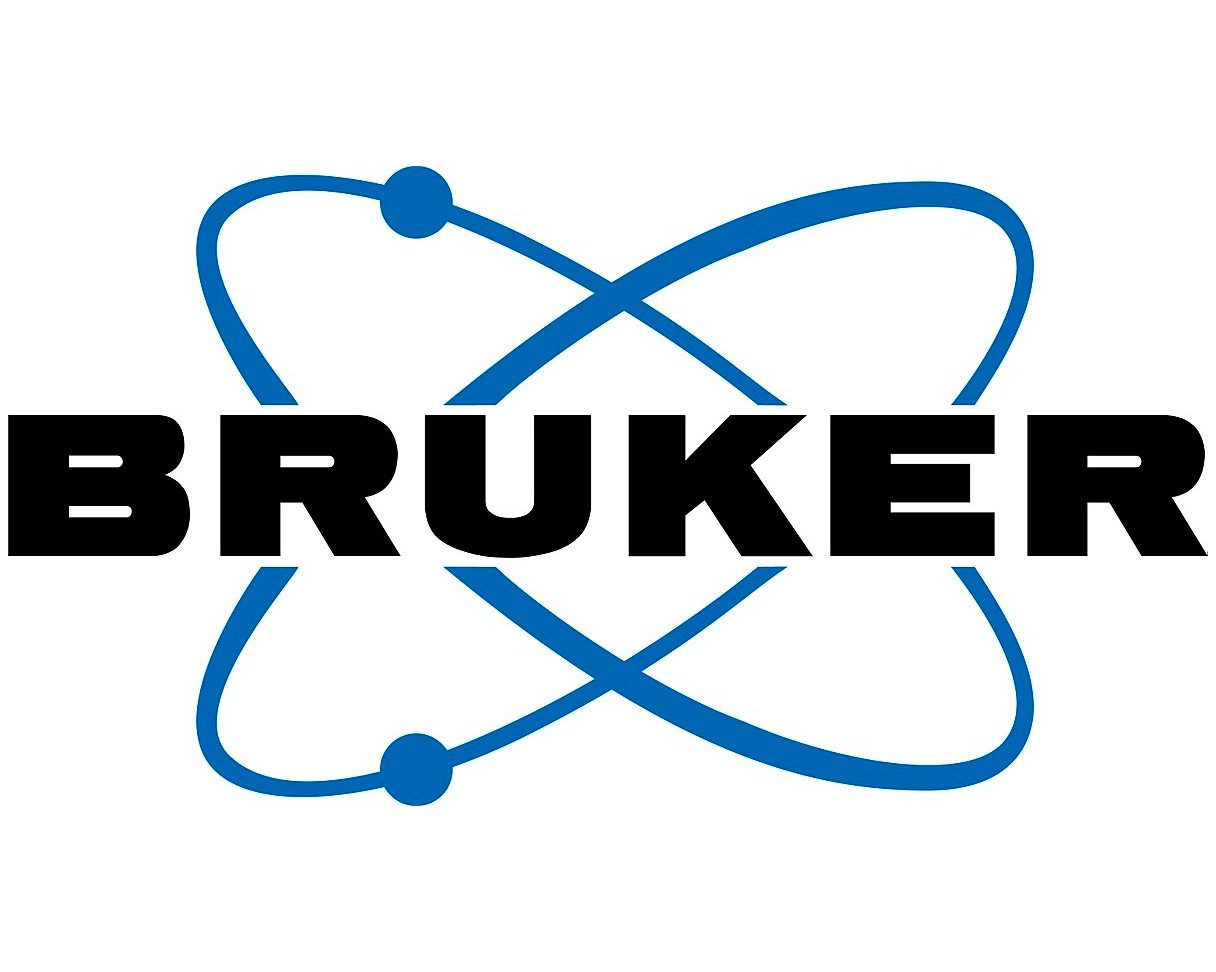

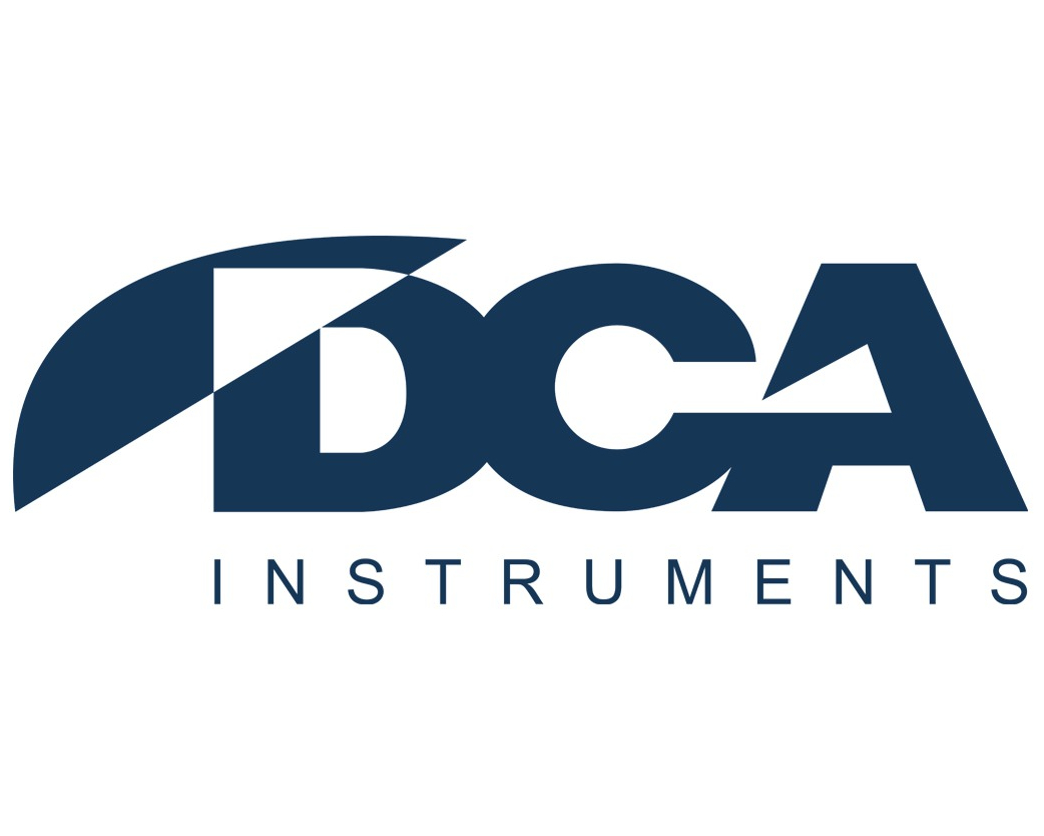
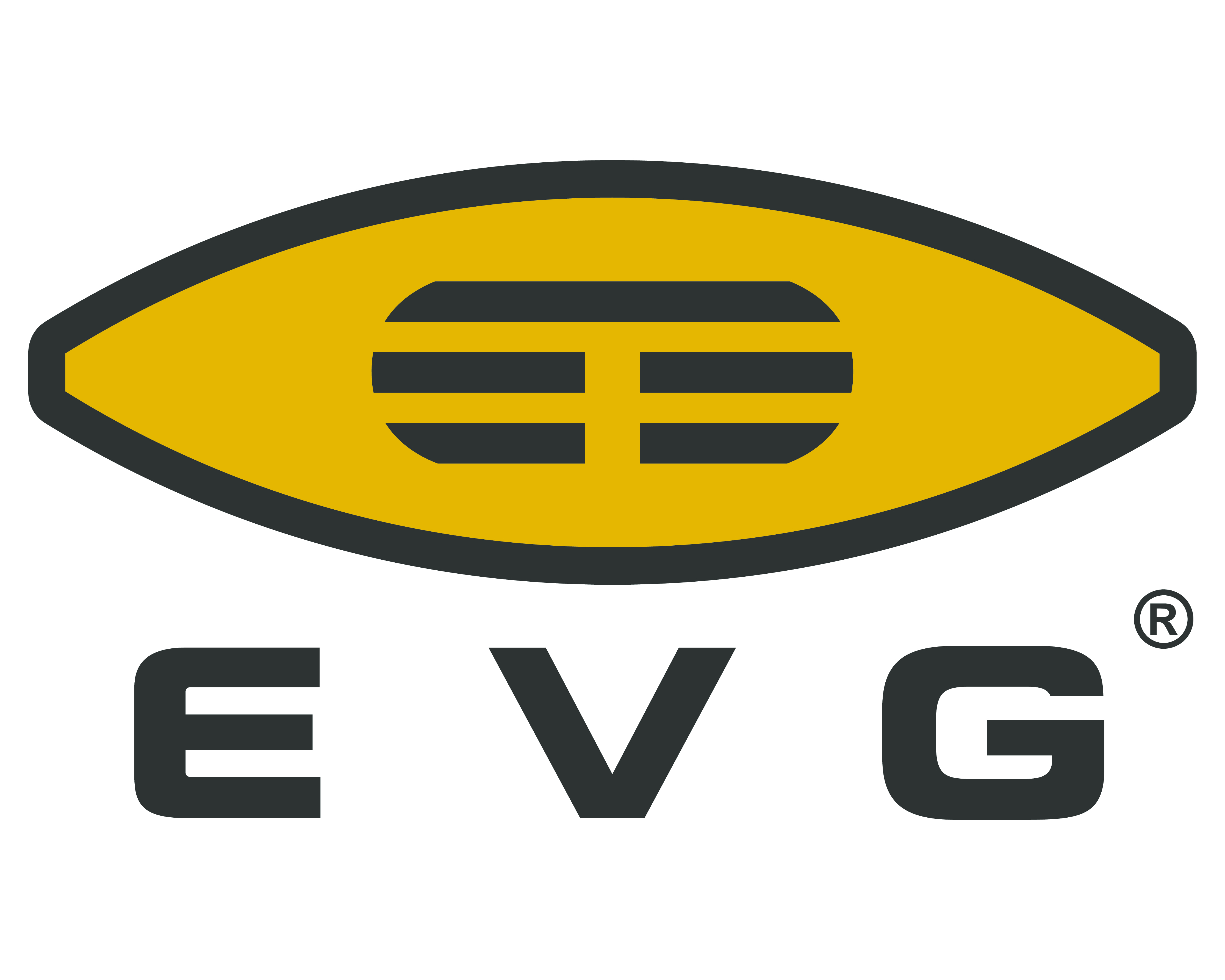
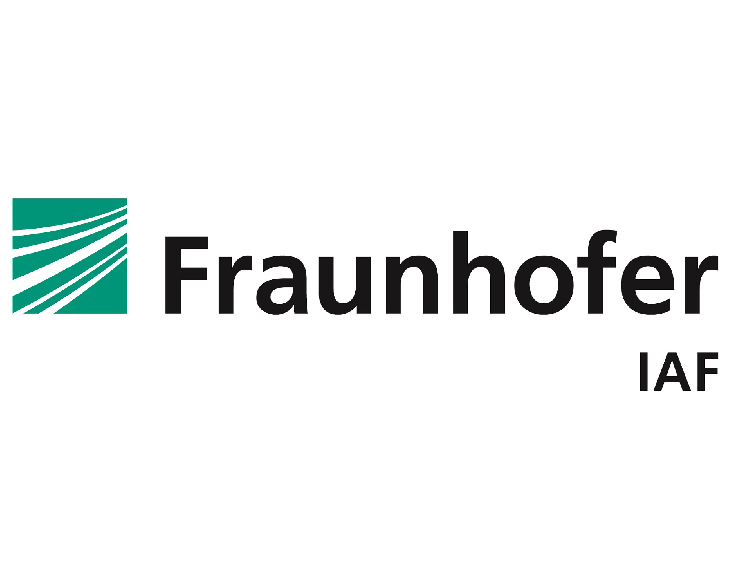
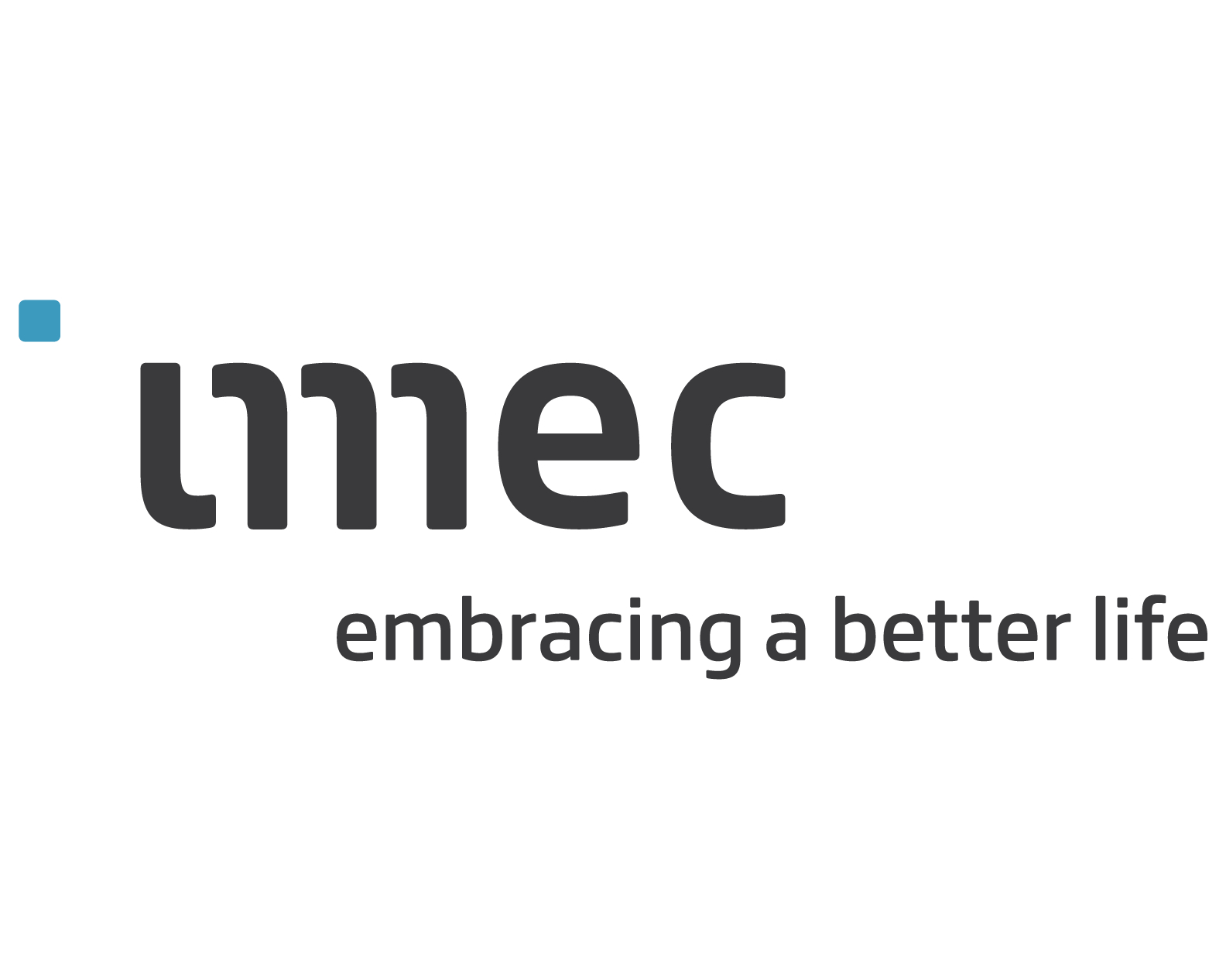
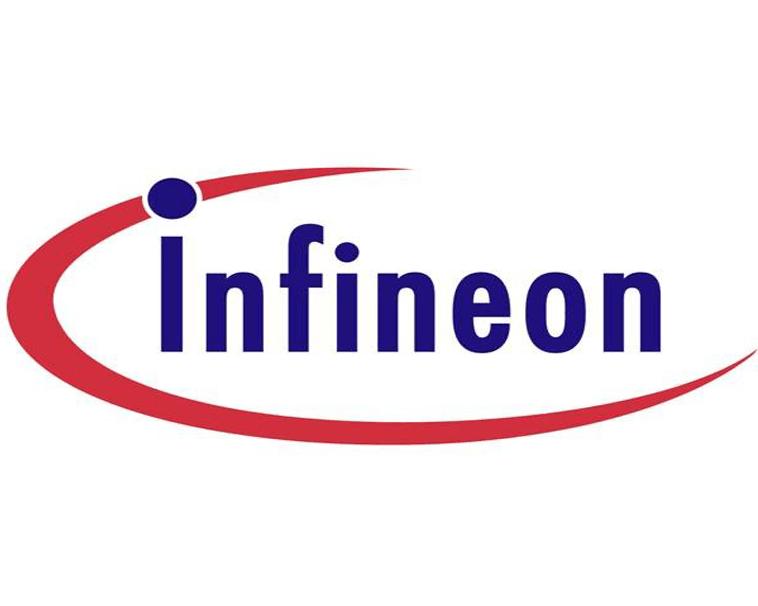

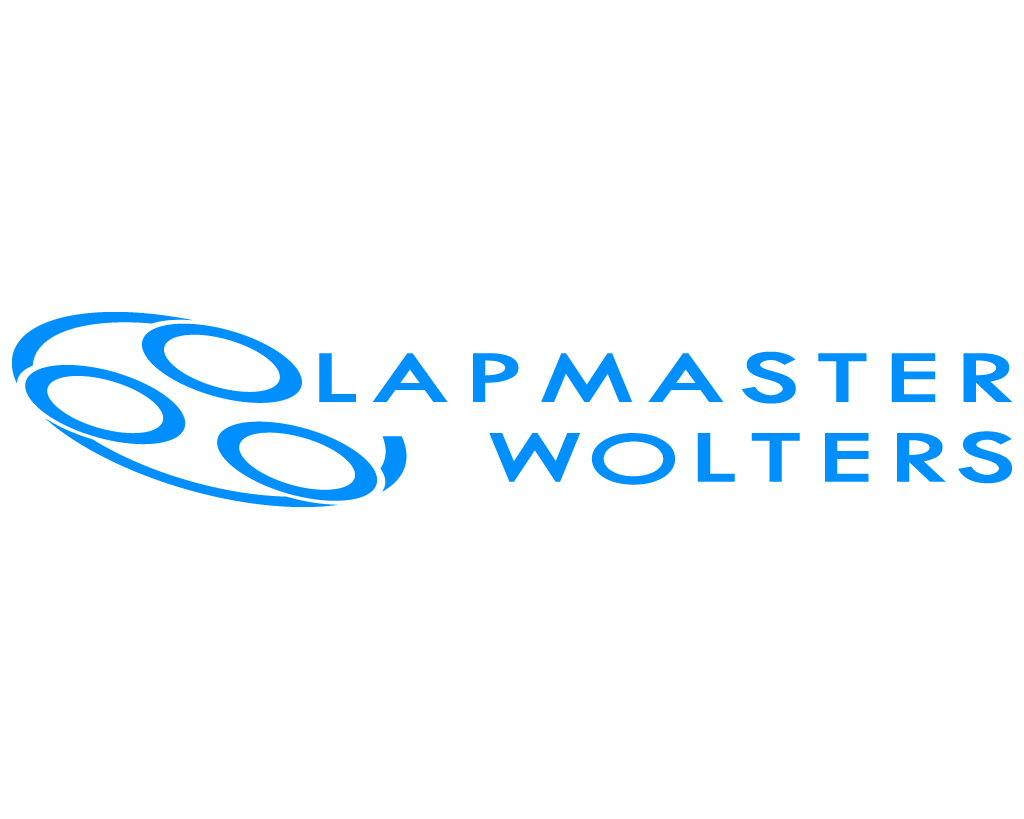
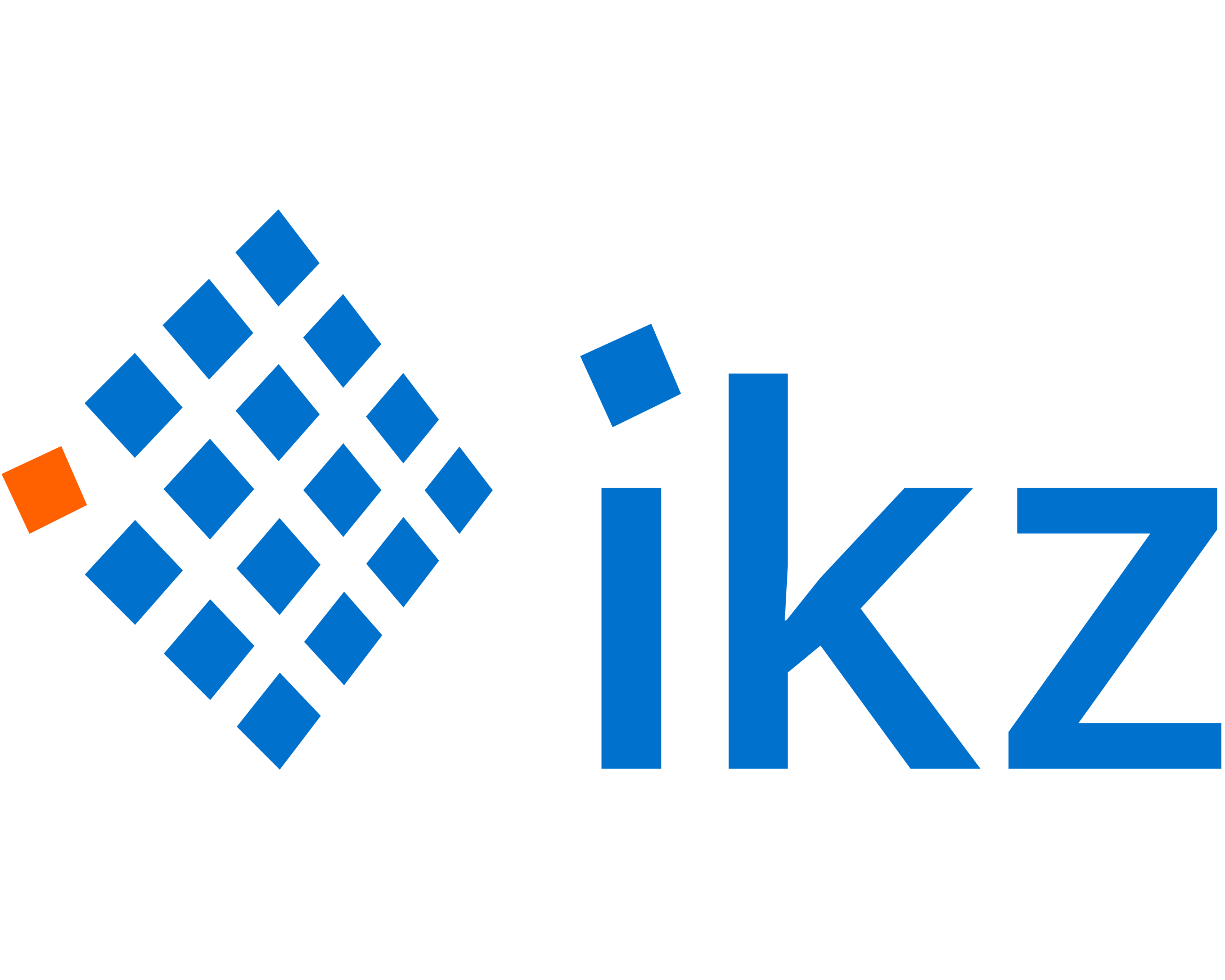
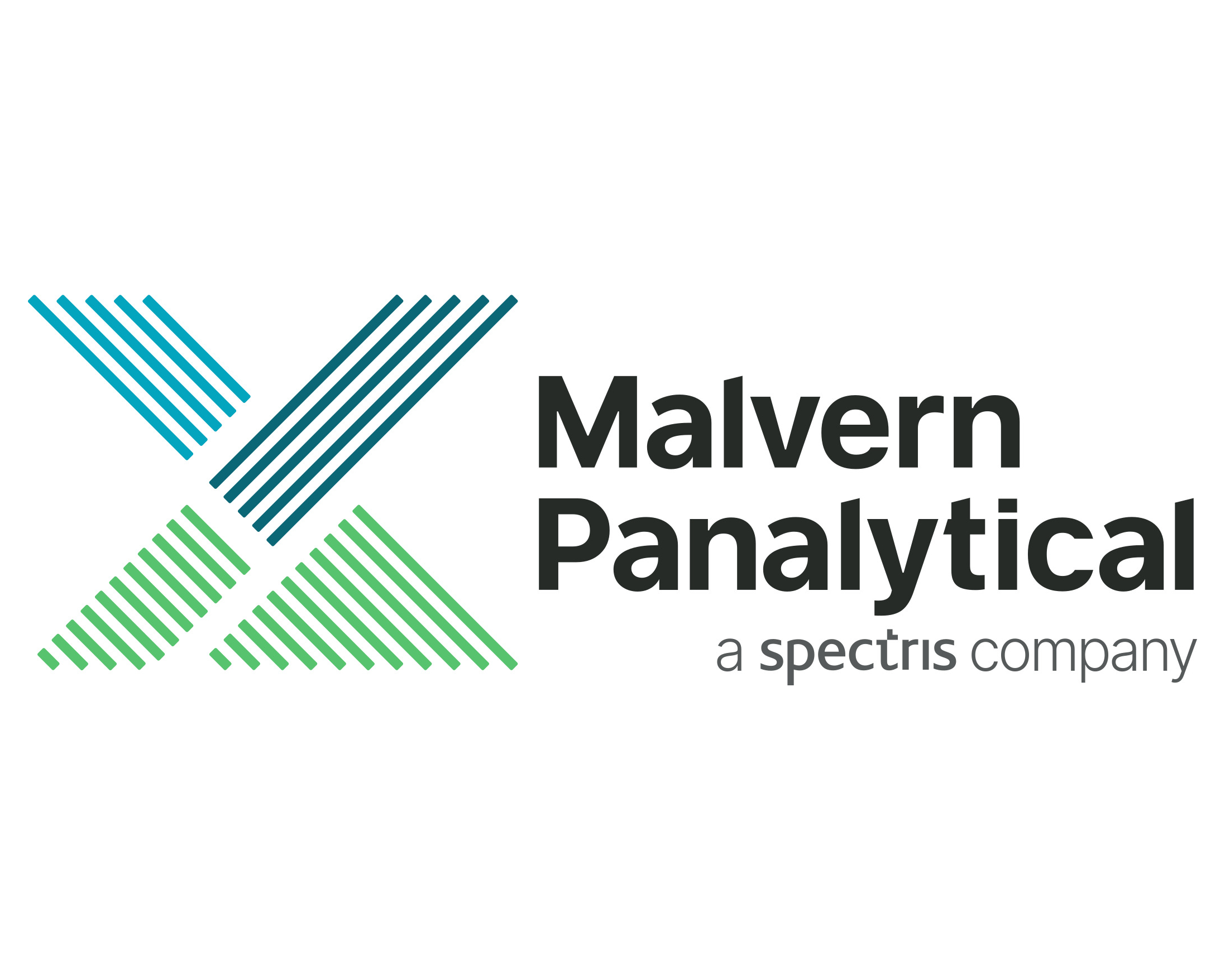
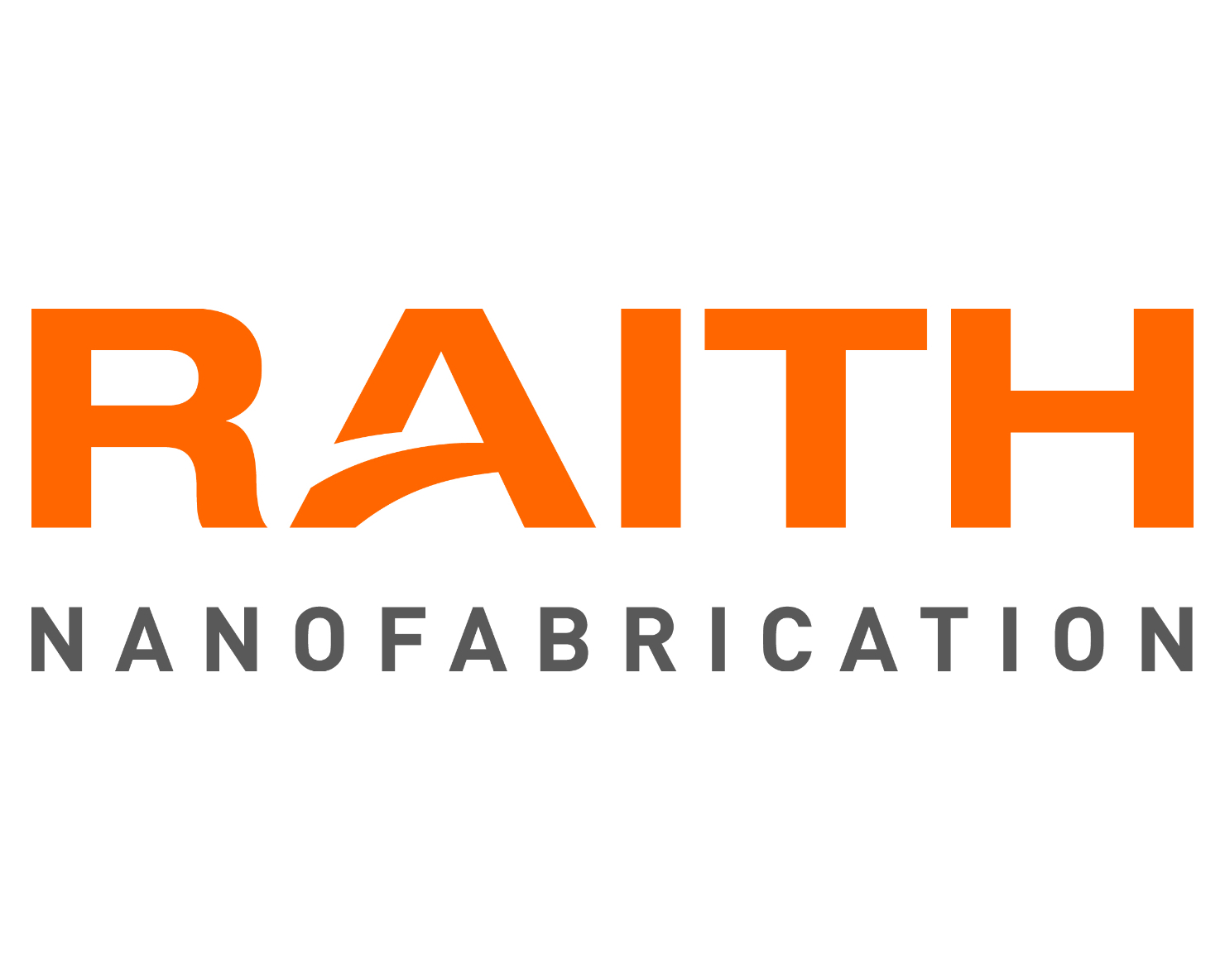
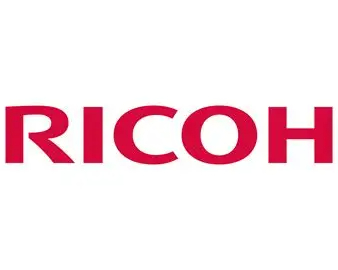
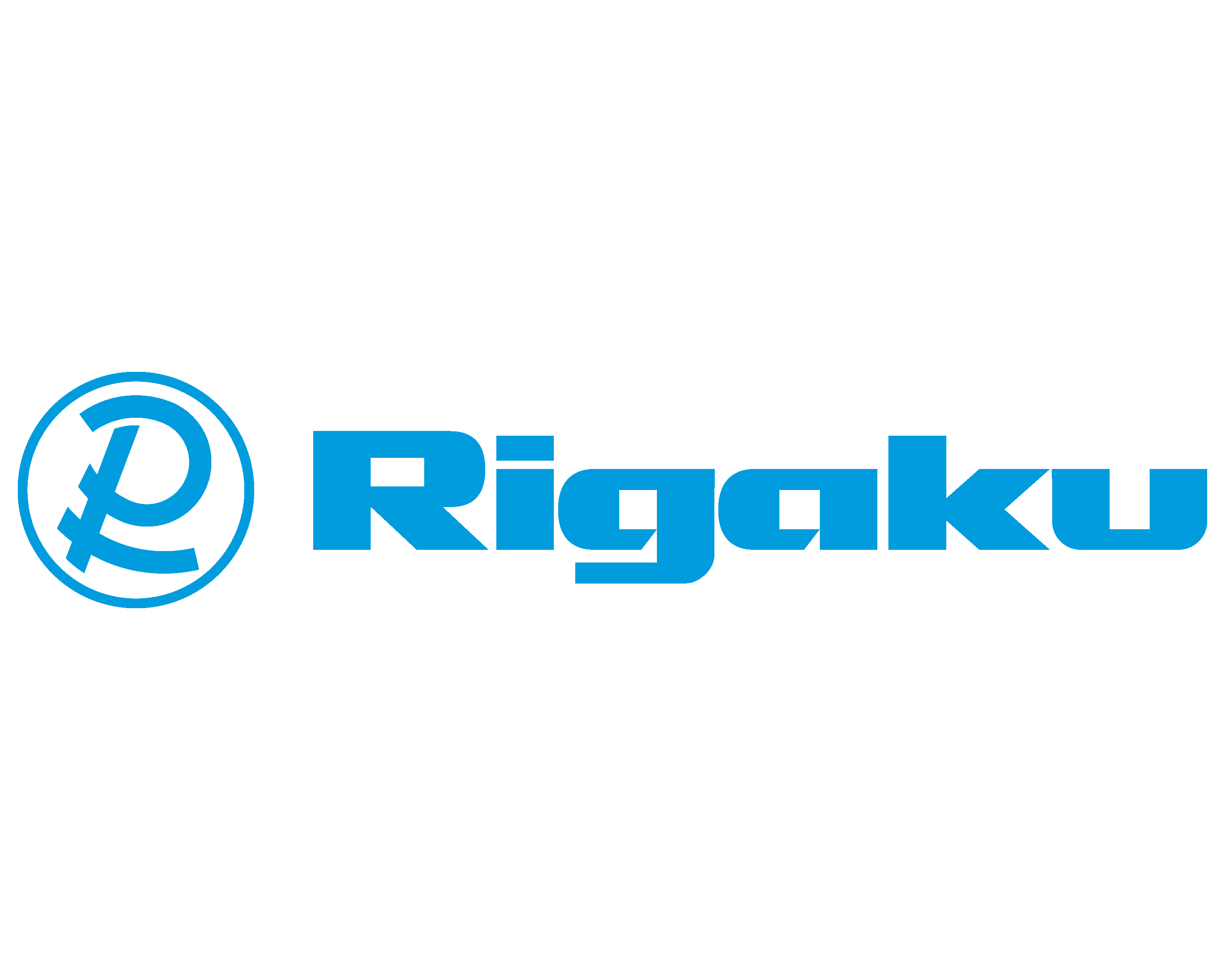
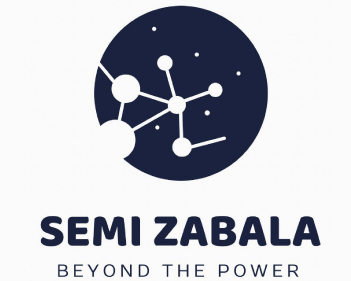
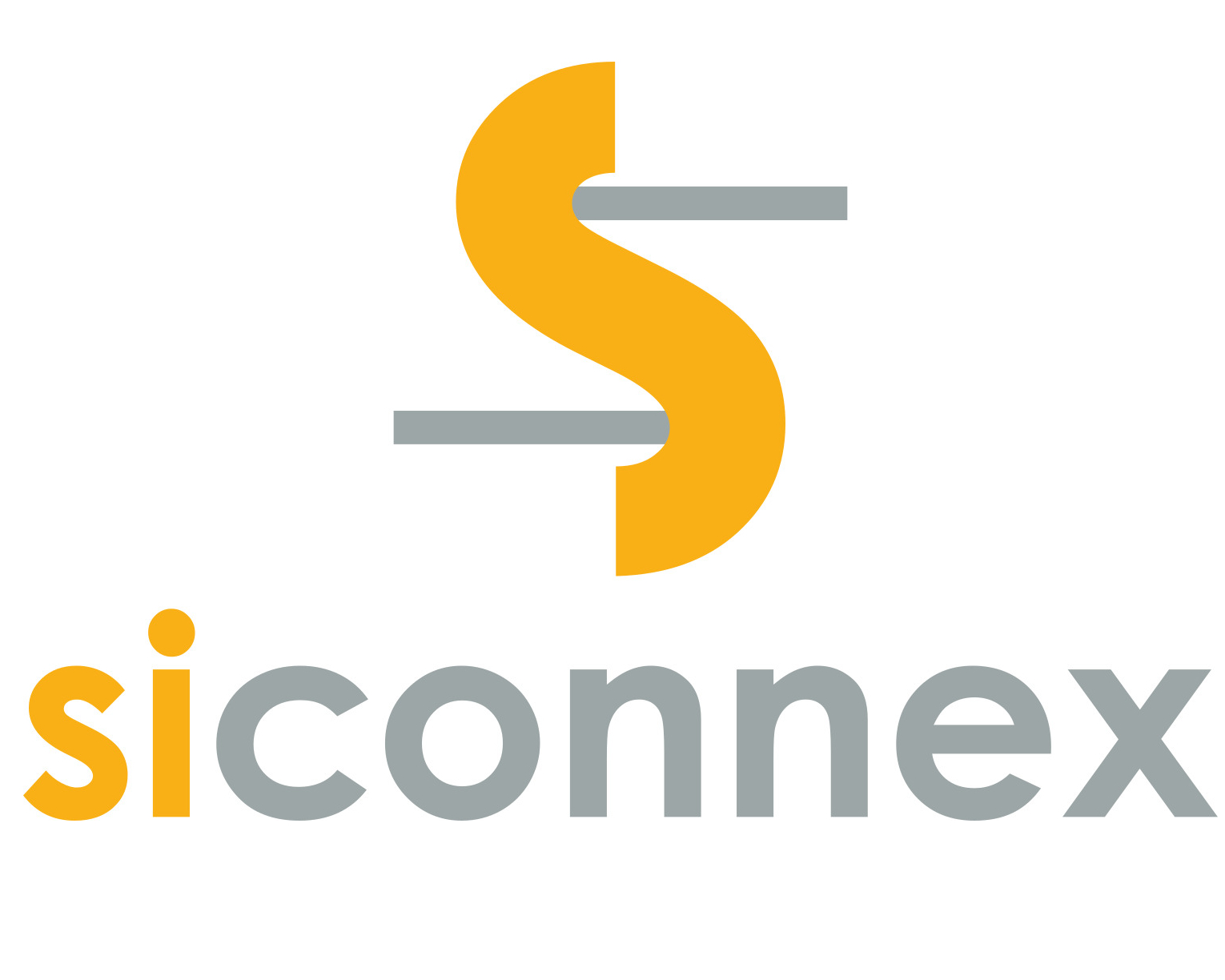


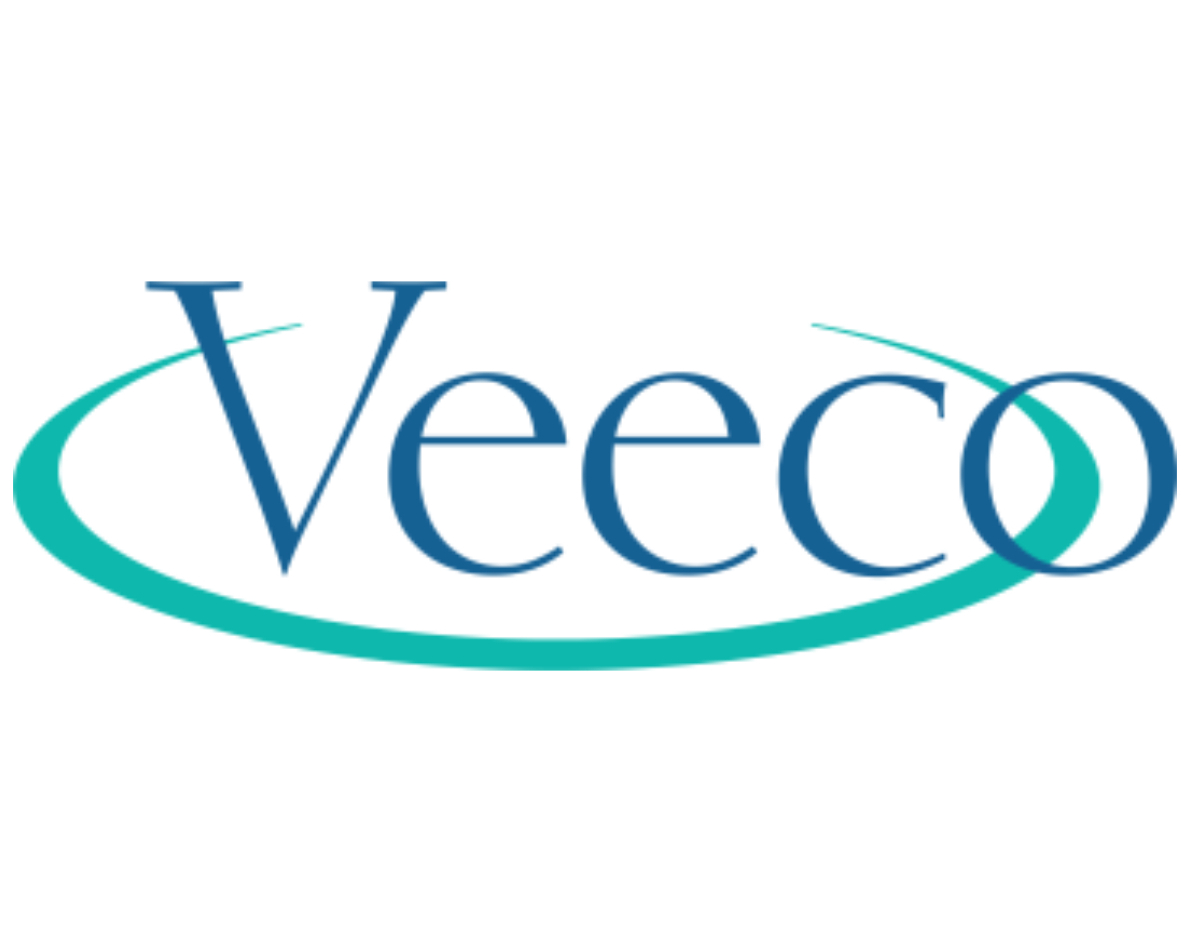
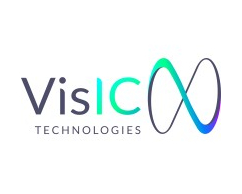

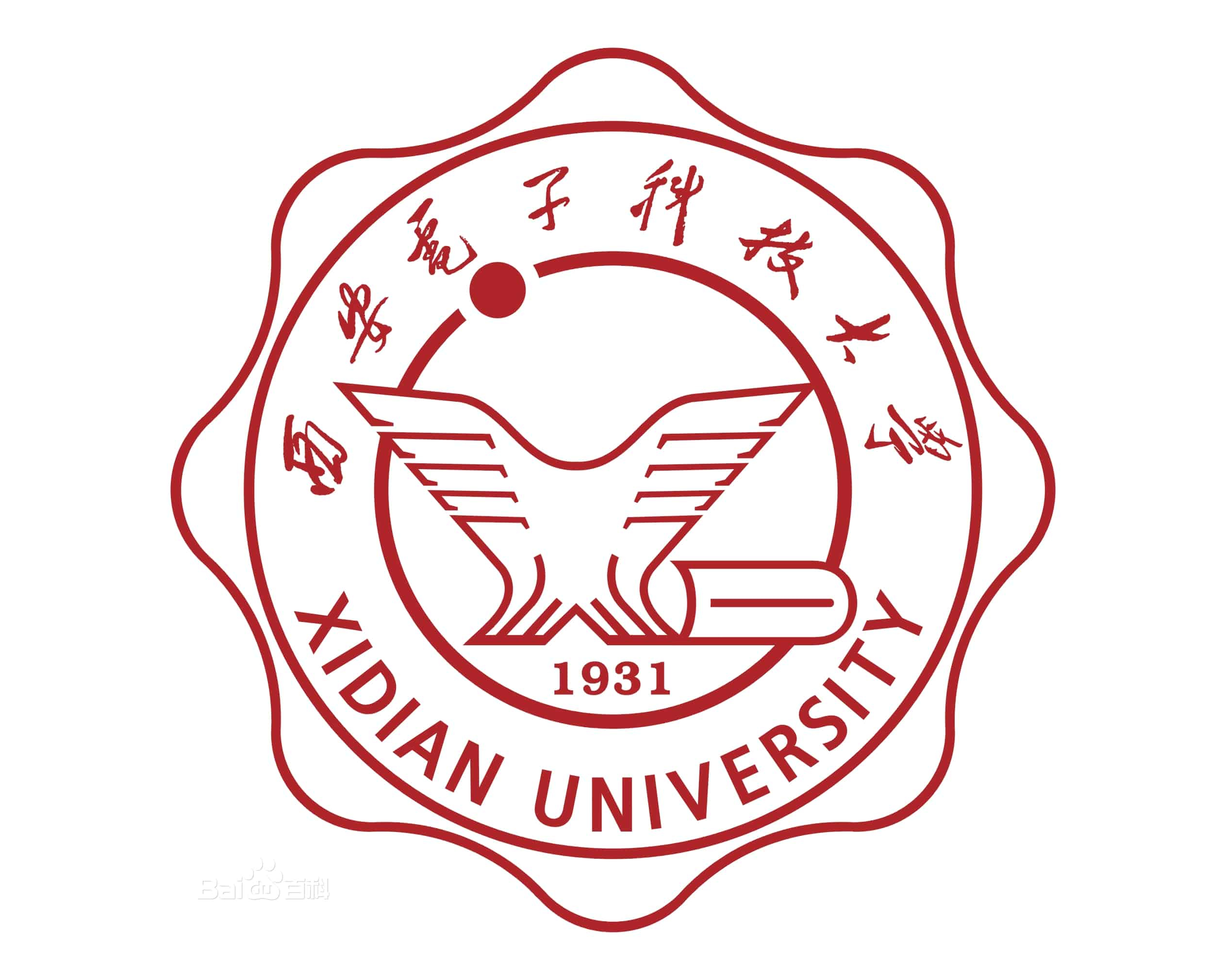
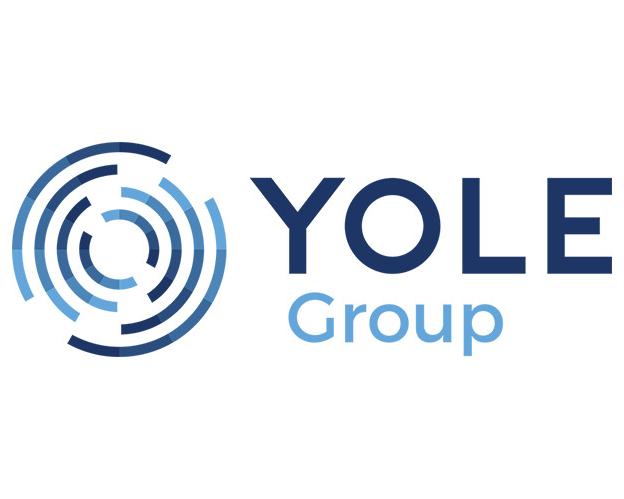
The epitaxial growth of group 13-nitride semiconductors (GaN, AlN, and AlGaN alloys) for the mass production and fabrication of high-frequency and high-power devices relies on metalorganic chemical vapor deposition (MOCVD) using metal-organic molecules, also called precursors. While this growth method ensures high productivity and low operation costs compared to other methods, its most significant disadvantage lies in the presence of carbon atoms in the precursors, which are unavoidably incorporated into the epitaxial layers and hamper the performance of most types of fabricated devices. Carbon-free precursors for the CVD process could enhance the performance of high-frequency and high-power nitride-based devices while maintaining growth capability in industrial equipment. In this work, we implement gallium- and aluminum-brominated precursors, which contain no carbon atoms, to grow GaN and AlN layers in an industrial CVD system. We compare the results of this alternative CVD process with the conventional method using trimethyl precursors through several characterization techniques, indicating a clear reduction in optically active carbon related defects.
This presentation highlights VisIC Technologies’ latest D3GaN technology, integrated into power modules for inverters driving electric motors in battery electric vehicles. Dyno tests achieved over 130 kW, surpassing SiC performance with the same e-machine. We will present WLTP efficiency results, switching loss data, and insights on implementing lateral GaN in real-world power modules. The talk also addresses key system-level design considerations and limitations when using lateral versus vertical devices.
Awaiting presentation abstract.
Awaiting presentation abstract.
Awaiting presentation abstract.
Awaiting presentation abstract.
Scaling microLED production requires precision patterning at the nanoscale alongside high throughput and yield. This presentation explores how advanced electron beam lithography and nanofabrication technologies support next-generation microLED architectures. Attendees will gain insights into how precision structuring enables improved efficiency, enhanced brightness and scalable manufacturing pathways for commercial microLED deployment.
Awaiting presentation abstract.
Awaiting presentation abstract.
AI is rapidly reshaping power electronics manufacturing as the demand for both SiC and GaN continues to rise. This presentation explores how AI-driven process control, predictive maintenance and defect detection are transforming SiC and GaN production lines. We will outline how intelligent automation improves tool utilisation, reduces variability, enhances yield, and accelerates time-to-production for next-generation power devices.
Shrinking margins in SiC manufacturing demand unprecedented control over material quality and process stability. This presentation examines how advanced analytical and metrology techniques enable early defect detection, process consistency and yield improvement across SiC substrates and epitaxial layers. Attendees will gain insight into how precision measurement drives improved reliability and competitive advantage in SiC device production.
In the compound semiconductor industry, a wide variety of materials is used to manufacture different devices such as LEDs, sensors, and imagers. Because these materials are uncommon compared to silicon, their processing requires different technologies and process steps. In this environment, any loss in yield has a significant negative impact on production efficiency and cost. One critical process step is wafer dicing, which is known to be very contaminating and can strongly reduce yield due to particle generation and surface contamination. An effective post-dicing cleaning process is therefore essential to recover and improve yield. SicOzone™ enables an efficient post-dicing cleaning step that improves wafer cleanliness and supports higher overall yield.
Awaiting presentation abstract.
Thermal processing plays a critical role in achieving uniformity, defect reduction and performance stability in SiC production. This presentation explores advanced furnace technologies and process optimisation strategies that support consistent substrate and epitaxial quality. The session highlights how controlled thermal environments enable higher throughput, reduced variability and enhanced device reliability for next-generation SiC power electronics.
Awaiting presentation abstract.
Awaiting presentation abstract.
In this presentation, we introduce novel strain-compensated AlGaN/InGaN DBRs for GaN-based VCSELs. By adopting an asymmetric structure in which the InGaN layer is thicker than λ/4 and the AlGaN layer is thinner than λ/4, and by compensating for strain, we achieved a larger refractive index contrast compared to conventional λ/4 structures. Through a high growth rate of 1–several µm/h and minimizing growth interruption, we successfully fabricated DBRs with over 99.9% reflectivity in approximately 5 hours. With further optimization, this technology has the potential to reduce growth time to 2–3 hours, comparable to GaAs-based DBRs, and could significantly lower the manufacturing cost of GaN VCSEL wafers.
Vertical-cavity surface-emitting lasers (VCSELs) emitting in the 800 – 1100 nm range play a significant role in short-reach data communication as well as 3D sensing applications. High-volume VCSEL production on 150-mm (6-inch) diameter substrates is becoming standard and work has begun on transitioning to 200-mm (8-inch) production. Here we discuss the relative advantages of GaAs and Ge large area substrates, the reduction in substrate thickness that can be achieved using Ge and the latest results for high speed generic VCSEL designs.
Awaiting presentation abstract.
Awaiting presentation abstract.
Awaiting presentation abstract.
Beta-phase gallium oxide (β-Ga₂O₃) has emerged as a competitive ultra-wide bandgap (UWBG) semiconductor for next-generation RF electronics, leveraging its exceptional material properties—including an ultra-large bandgap (4.7–4.9 eV), high theoretical breakdown field (8 MV/cm), and electron saturation velocity (2×107 cm/s). Crucially, its unique capability for low-cost melt-growth of bulk substrates enables high-quality, large-scale wafer production, overcoming economic barriers faced by other UWBG materials. It is generally accepted that the low electron mobility and extremely low thermal conductivity are major obstacles towards realizing high performance β-Ga₂O₃-based RF power FETs. This presentation highlights our group’s recent breakthroughs in advancing β-Ga₂O₃-based RF power devices and technologies. Here we report heterogenous integration of single-crystal gallium oxide thin film onto high thermal conductivity substrate and explore the great promise of β-Ga₂O₃ for future high-voltage, high-power and low-noise RF electronics.
Awaiting presentation abstract.
Awaiting presentation abstract.
Semiconductor-based power electronics is a key technology for solving the greatest challenge facing society - sustainable energy generation. This challenge is to be tackled by developing modulation-doped β-(AlxGa1-x)2O3/Ga2O3 heterostructures with high electron mobility for highly efficient power transistors. In Ga2O3 in particular, this approach to increase the charge carrier mobility promises a high innovation potential, as it was also theoretically predicted that the significantly limiting scattering process on polar-optical phonons would be screened. If this scattering process is suppressed, a similar charge carrier mobility is expected in Ga2O3 as in silicon, as the effective electron mass is similar. Effective screening of polar-optical phonons only occurs at a carrier density in the two-dimensional electron gas (2DEG) around 1013 cm-2, which requires a conduction band discontinuity of at least 1 eV. Theoretical predictions show that this requires an aluminum content of at least 50% (x ≥ 0.5) in the barrier. This structure has not yet been realized and is to be developed for the first time in the All-GO-HEMT project. The requirements for high crystalline perfection, a homogeneous layer thickness and smooth interface with a high Al content and delta doping over the entire substrate size of up to 2 inches must be met to provide a material basis for more efficient power electronics.
Awaiting presentation abstract.
Awaiting presentation abstract.